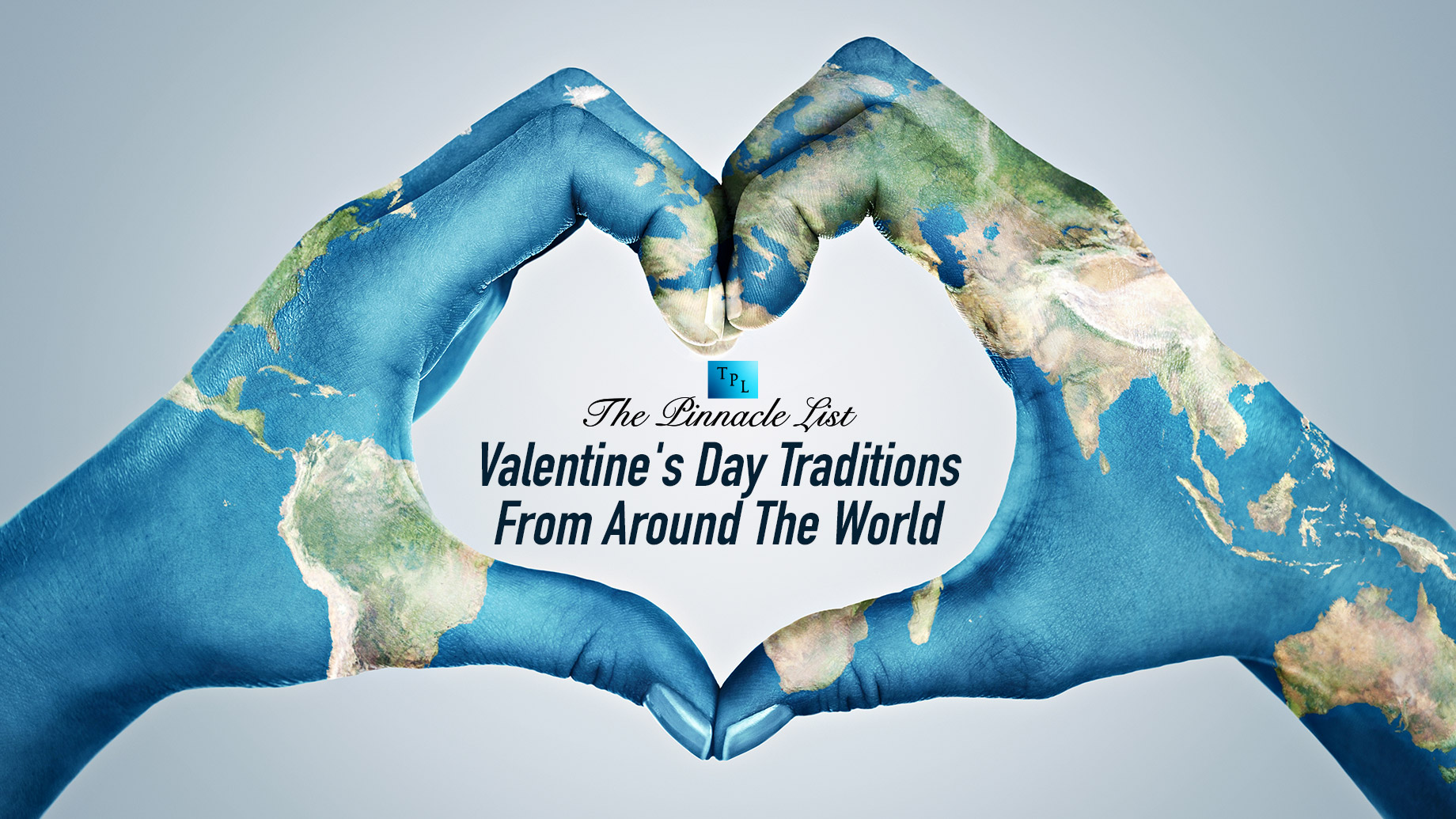
Valentine’s Day came into existence a long time ago; in fact, it dates back to 496 AD. It was celebrated to commemorate a martyr who was later declared a saint, popularly known as Valentinus or Saint Valentine. The reason this day became a special day of love is unclear, and who cares? Nowadays, people celebrate Valentine’s Day to express their utmost love for their beloved partner. Valentine’s Day is widely celebrated across the globe by unmarried couples and married ones with their whole heart. Of course, every day is a celebration of love. Still, an exceptionally dedicated day for such intense and integral feelings is mandatory, which is why people woo their boo with romantic gestures.
Since the day is widely celebrated, there is a plethora of traditions that people follow in different countries around the world. Many cultures have put their spin on the Western holiday, which has spread worldwide. Some customs are charismatic, while others make you feel less fuzzy and warm. The one thing that is common in every tradition is expressing love by giving Valentine’s Day gifts to our beloved partner. So, discover the allure of romantic morning date ideas, like dawn picnics or cozy breakfast excursions, to give your relationship a revitalising start to the day.
On February 14, happy couples around the world will celebrate Valentine’s Day in the following ways:
Denmark
Instead of fresh bouquets, people in Denmark traditionally exchange pressed white flowers known as snowdrops. Valentine’s Day in Denmark is an opportunity for secret admirers to share their feelings in a unique way. It’s also customary for people to send their crushes funny and joking letters or Gaekkebrev. These poems or rhymes are only signed with dots, leaving the receiver to guess who sent them. If they answer correctly, they will end up receiving a chocolate Easter egg later in the spring.
Japan
In Japan, it is the girls who lavish chocolates on the object of their affection – but it is the type of chocolate that matters. High quality or Honmei-choco (true feelings) are given to husbands, boyfriends, or prospective partners, Giri-choco (obligation chocolates) are provided to colleagues or acquaintances, and Cho-Giri choco is given to the unlucky or rejected (ultra-obligation chocolates). A chocolate company introduced Valentine’s Day to Japan in the 1950s, hoping to capitalize on the Western tradition. If Japanese women dread Valentine’s Day, they can look forward to White Day on March 14, when men return the favor with their own gifts.
South Korea
Following the Japanese tradition, women in South Korea are in charge of the chocolate-giving on Valentine’s Day, receiving gifts in return on White Day a month later. They also have monthly romantic celebrations on the 14th of the month, such as June’s Kiss Day, May’s Rose Day, and December’s Hug Day, to name a few. Don’t worry if your very first two Valentine’s Days are devoid of romance. The Koreans have gone one step further, adding a third day to mourn being alone forever. On April 14, singletons dress in all black and assemble with their pals to enjoy Jajangmyeon, Korean noodles with a black bean sauce, as an informal celebration of the single life.
Wales
The Welsh do not celebrate Saint Valentine; instead, on January 25, they honor Saint Dwynwen, the Welsh patron saint of lovers. Exchanging love spoons is the most distinctive aspect of the holiday, which marks the Welsh patron saint of lovers. These are like elegant wooden spoons carved with symbols representing the admirers’ affection. These love spoons are engraved with patterns and symbols, each representing a different meaning. Horseshoes, which represent good luck; wheels, which represent support; and keys, which represent the keys to a man’s heart, are a few examples. The tradition was begun with Welsh seamen courting prospective wives, and it is still practiced as a loving gesture in Wales today.
Brazil
Because Carnival is held in February or March each year, Brazilians forego the February 14 celebration in favor of Dia dos Namorados, the Lovers’ Day, on June 12. Music festivals and performances are held across the country in addition to the usual gift-giving, such as chocolates, flowers, and cards. Gift-giving is not limited to couples, meaning that the people in Brazil mark this day of love not just by giving Valentine’s Day gifts to their girlfriend or boyfriend but by sharing meals with their friends and family.
Capping Words
No matter the tradition, the day of love is celebrated widely by people who are deeply in love with their partners.